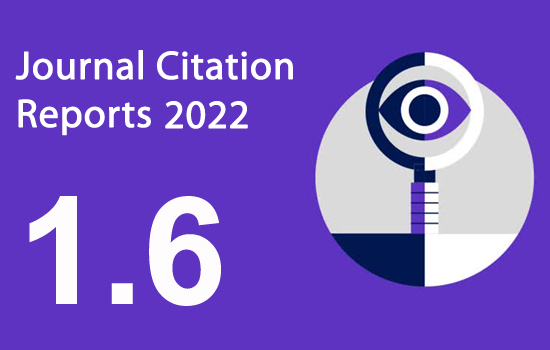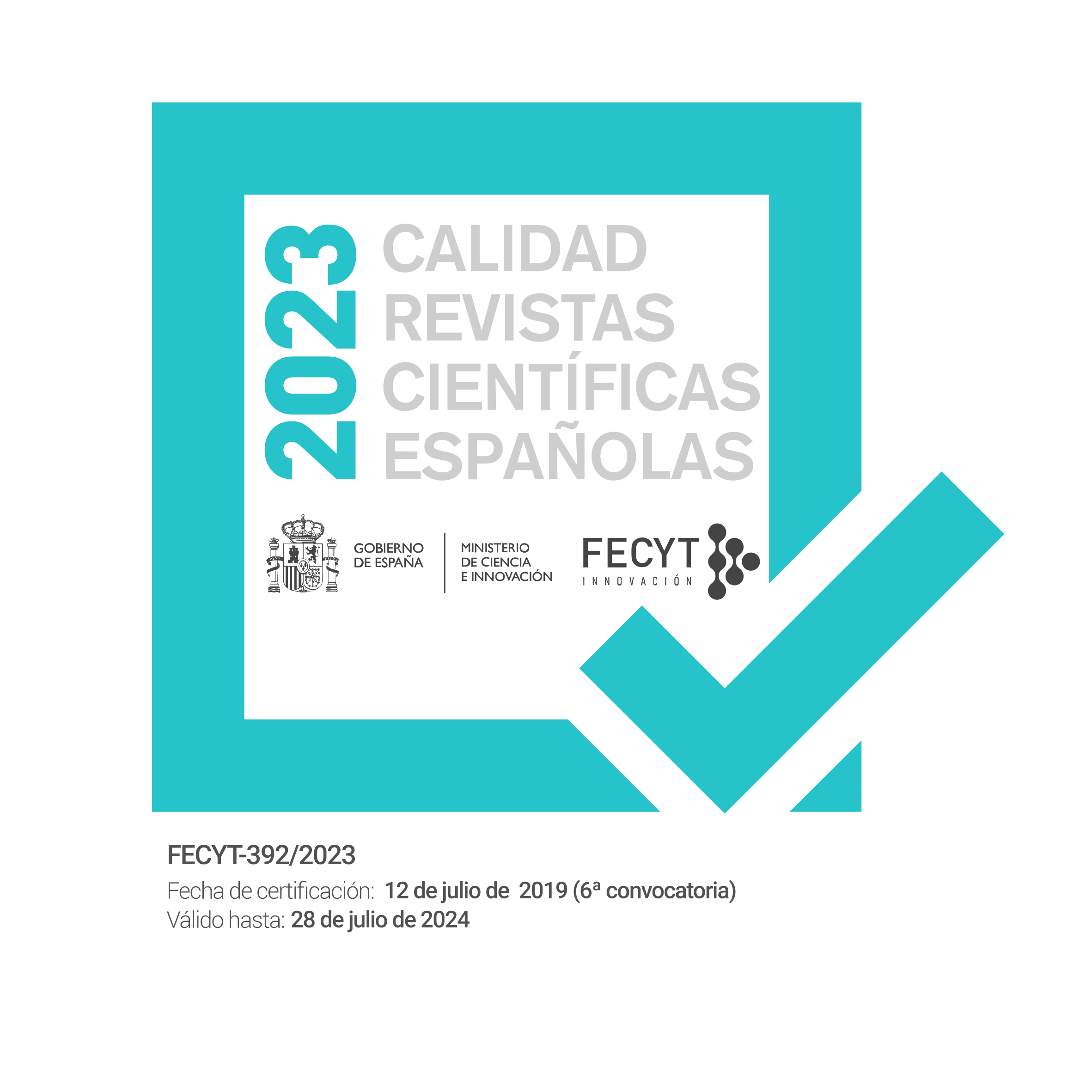Condición física y perfil antropométrico de atletas de artes marciales mixtas
DOI:
https://doi.org/10.18002/rama.v6i2.4Palabras clave:
artes marciales mixtas, deportes de combate, valoración físicaResumen
Objetivo: el propósito de este estudio es identificar la condición física y el perfil antropométrico de atletas de artes marciales mixtas (MMA) y las correlaciones entre estas variables.
Sujetos y método: Participaron en el estudio trece atletas varones de MMA (30 ± 4 años). Se tomaron medidas antropométricas y realizaron los siguientes test: flexitest adaptado, abdominales, flexiones de brazos, detente horizontal, flexión de brazos en suspensión en barra, y una repetición máxima (1RM) de press de banca y sentadilla.
Resultados: los principales resultados son los siguientes: masa corporal (kg): 82.1 ± 10.9; grasa corporal (%): 11.87 ± 5.11; flexibilidad (puntuación): 18.38 ± 4.07; abdominales repeticiones): 43 ± 11; flexiones de brazos (repeticiones): 41 ± 9; detente horizontal (m): 2.19 ± 0.25; flexión de brazos en suspensión en barra (s): 34 ± 11, 1RM press de banca (kg): 76 ± 23; 1RM sentadilla (kg): 73 ± 15. Además, observamos correlaciones significativas entre variables antropométricas y condición física: grasa corporal y detente horizontal (R = -0.75); grasa corporal y flexión de brazos en suspensión en barra (R = -0.67); altura y 1RM sentadilla (R = 0.67); circunferencia de brazo y 1RM press de banca (R = 0.77).
Conclusión: Los atletas de MMA participantes en esta investigación muestran un pobre rendimiento muscular. La grasa corporal se correlacionó negativamente con el rendimiento en potencia y con una fuerte resistencia, mientras que la circunferencia del brazo se relaciona positivamente con la fuerza máxima de la parte superior del cuerpo.
Descargas
Métricas alternativas
Citas
Amtmann, J. A. (2004). Self-reported training methods of mixed martial artists at a regional reality fighting event. The Journal of Strength and Conditioning Research, 18(1), 194-196.
Amtmann, J. A., Amtmann, K. A., & Spath, W. K. (2008). Lactate and rate of perceived exertion responses of athletes training for and competing in a mixed martial arts event. Journal of Strength and Conditioning Research, 22(2), 645-647.
Amtmann, J. (2010). High intensity training and the Mixed Martial Artist. New York: Nova Science.
Andreato, L. V., Moraes, S. M. F., Gomes, T. L. M., Esteves, J. V. C., Andreato, T. V., & Franchini, E. (2011). Estimated aerobic power, muscular strength and flexibility in elite Brazilian Jiu-Jitsu athletes. Science and Sports, (en prensa).
Araújo, C. G. S. (2004). Flexitest: an innovative flexibility assessment method. United States: Human Kinetics.
Artioli, G. G., Gualano, B., Franchini, E., Batista, R. N., Polacow, V. O., & Lancha, A. H., Jr. (2009). Physiological, performance, and nutritional profile of the Brazilian Olympic Wushu (kung-fu) team. The Journal of Strength and Conditioning Research, 23(1), 20-25.
Aruga, S., Onda, T., Aso, K., Yamashita, Y., Nakanishi, H., Shirase, H., et al. (2003). Measurement of barbell lifting capacity and making strength standards in judo players. Tokai Journal of Sports Medical Science, 15, 7-17.
Braith, R. W., Graves, J. E., Leggett, S. H., & Pollock, M. L. (1993). Effect of training on the relationship between maximal and submaximal strength. Medicine and Science in Sports and Exercise, 25(1), 132-138.
Braswell, M., Szymanski, D., Szymanski, J., Dixon, E., Gilliam, S., Wood, R., et al. (2010). Physiological Differences In Mixed Martial Artist And Traditional Martial Artists: A Pilot Study. The Journal of Strength and Conditioning Research, 24, 1.
Bratic, M., Radovanovic, D., & Nurkic, M. (2008). The effects of preparation period training program on muscular strenght of first-class judo athletes. Acta Medica Medianae, 46(4), 22-26.
Brown, L., & Weir, J. (2001). ASEP procedures recommendation I: accurate assessment of muscular strength and power. Journal of Exercise Physiology, 4(3), 1-21.
Clark, R. R., Oppliger, R. A., & Sullivan, J. C. (2002). Cross-validation of the NCAA method to predict body fat for minimum weight in collegiate wrestlers. Clinical Jounal of Sport Medicine, 12(5), 285-290.
Del Vecchio F. B., Hirata S, & Franchini E. (2011). A review of time-motion analysis and combat development in mixed martial arts matches at regional level tournaments. Perceptual and Motor Skills, 112(2), 639-648.
Doria, C., Veicsteinas, A., Limonta, E., Maggioni, M. A., Aschieri, P., Eusebi, F., et al. (2009). Energetics of karate (kata and kumite techniques) in top-level athletes. European Journal of Applied Physiology, 107(5), 603-610.
Fagerlund, R., & Hakkinen, H. (1991). Strength profile of finnish judoists-measurement and evaluation. Biology of Sport, 8(03), 143-149.
Franchini, E., Del Vecchio, F. B., Matsushigue, K. A., & Artioli, G. G. (2011). Physiological profiles of elite judo athletes. Sports Medicine, 41(2), 147-166.
Franchini, E., Nunes, A. V., Moraes, J. M., & Del Vecchio, F. B. (2007). Physical fitness and anthropometrical profile of the Brazilian male judo team. Journal of Physiological Anthropology, 26(2), 59-67.
Franchini, E., Takito, M. Y., & Bertuzzi, R. (2005). Morphological, physiological and technical variables in high-level college judoists. Archives of Budo, 1, 1-7.
Giampietro, M., Pujia, A., & Bertini, I. (2003). Anthropometric features and body composition of young athletes practicing karate at a high and médium competitive level. Acta Diabetologica, 40(1), 145-148.
Heller, J., Peric, T., Dlouha, R., Kohlikova, E., Melichna, J., & Novakova, H. (1998). Physiological profiles of male and female taekwon-do (ITF) black belts. Jounal of Sports Sciences, 16(3), 243-249.
Horswill, C. A., Miller, J. E., Scott, J. R., Smith, C. M., Welk, G., & Van Handel, P. (1992). Anaerobic and aerobic power in arms and legs of elite senior wrestlers. International Journal of Sports Medicine, 13(8), 558-561.
Imamura, H., Yoshimura, Y., Uchida, K., Nishimura, S., & Nakazawa, A. (1998). Maximal oxygen uptake, body composition and strength of highly competitive and novice karate practitioners. Applied Human Science, 17(5), 215-218.
Johnson, B. L., & Nelson, J. K. (1979). Practical Measurements for Evaluation in Physical Education. Minnesota: Burgess.
Kraemer, W. J., Fry, A. C., Rubin, M. R., Triplett-McBride, T., Gordon, S. E., Koziris, L. P., Lynch, J. M., Volek, J. S., Meuffels, D. E., Newton, R. U., & Fleck, S. J. (2001). Physiological and performance responses to tournament wrestling. Medicine and Science in Sports and Exercise, 33(8), 1367-1378.
Kraemer, W. J., Vescovi, J. D., & Dixon, P. (2004). The physiological basis of wrestling: Implications for conditioning programs. Strength and Conditioning Journal, 26(2), 10-15.
Krstulovic, S., Zuvela, F., & Katic, R. (2006). Biomotor systems in elite junior judoists. Collegium Antropologicum, 30(4), 845-851.
Little, N. G. (1991). Physical performance attributes of junior and senior women, juvenile, junior, and senior men judokas. Journal of Sports Medicine and Physical Fitness, 31(4), 510-520.
Lohman, T. G. (1992). Advances in body composition assessment. Canada: Human Kinetics
Milanez, V., Lima, M.S, Gobatto, C., Perandini, L., Nakamura, F., & Ribeiro, L. (2010). Correlates of session-rate of perceived exertion (RPE) in a karate training session. Science and Sports, 26(1), 38-43.
Mirzaei, B., Curby, D. G., Rahmani-Nia, F., & Moghadasi, M. (2009). Physiological profile of elite Iranian junior freestyle wrestlers. Journal of Strength and Conditioning Research, 23(8), 2339-2344.
Pollock, M. L., Wilmore, J. H., & Fox, S. M. (1990). Exercise in health and disease: evaluation and prescription for prevention and rehabilitation (2ª ed.). Philadelphia: Saunders
Probst, M. M., Fletcher, R., & Seelig, D. S. (2007). A comparison of lower-body flexibility, strength, and knee stability between karate athletes and active controls. Journal of Strength and Conditioning Research, 21(2), 451-455.
Roschel, H., Batista, M., Monteiro, R., Bertuzzi, R., Barroso, R., Loturco, I., Ugrinowitsch, C., Tricoli, V., & Franchini, E. (2009). Association between neuromuscular tests and kumite performance on the Brazilian Karate National Team. Journal of Sports Science Medicine, 8(3), 20-24.
Rouveix, M., Bouget, M., Pannafieux, C., Champely, S., & Filaire, E. (2007). Eating attitudes, body esteem, perfectionism and anxiety of judo athletes and nonathletes. International Journal of Sports Medicine, 28(4), 340-345.
Sbriccoli, P., Camomilla, V., Di Mario, A., Quinzi, F., Figura, F., & Felici, F. (2010). Neuromuscular control adaptations in elite athletes: the case of top level karateka. European Journal Applied Physiology, 108(6), 1269-1280.
Schick, M. G., Brown, L. E., Coburn, J. W., Beam, W. C., Schick, E. E., & Dabbs, N. C. (2010). Physiological Profile of Mixed Martial Artists. Medicina Sportiva, 14(4), 182-187.
Schmidt, W. D., Piencikowski, C. L., & Vandervest, R. E. (2005). Effects of a competitive wrestling season on body composition, strength, and power in National Collegiate Athletic Association Division III college wrestlers. Journal of Strength and Conditioning Research, 19(3), 505-508.
Sertic , H., Segedi, I., & Milanovic , D. (2006). Anthropological and fitness status of Croatian judoists. Archives of Budo, 2, 24-27.
Shephard, R. J. (1988). PAR-Q, Canadian Home Fitness Test and exercise screening alternatives. Sports Medicine, 5(3), 185-195.
Silva, J. J. R., Vecchio, F. B. D., Picanço, L. M., Takito, M. Y., & Franchini, E. (2011). Time-Motion analysis in Muay-Thai and Kick-Boxing amateur matches. Journal of Human Sport and Exercise, 6(3), 1-7.
Sterkowicz-Przybycie, K. (2010). Technical diversification, body composition and somatotype of both heavy and light Polish jujitsukas of high level. Science and Sports, 25(4), 194-200.
Taylor, A. W., & Brassard, L. (1981). A physiological profile of the Canadian judo team. Journal of Sports Medicine and Physical Fitness, 21(2), 160-164.
Thomas, S. G., Cox, M. H., LeGal, Y. M., Verde, T. J., & Smith, H. K. (1989). Physiological profiles of the Canadian National Judo Team. Canadian Journal of Sport Sciences, 14(3), 142-147.
Toskovic, N. N., Blessing, D., & Williford, H. N. (2002). The effect of experience and gender on cardiovascular and metabolic responses with dynamic Tae Kwon Do exercise. Journal of Strength and Conditioning Research, 16(2), 278-285.
Toskovic, N. N., Blessing, D., & Williford, H. N. (2004). Physiologic profile of recreational male and female novice and experienced Tae Kwon Do practitioners. Journal of Sports Medicine and Physical Fitness, 44(2), 164-172.
World Health Organization (2010). BMI classification. Disponible en http://apps. who.int/bmi/index.jsp?introPage=intro_3.html. [Consulta 11/29/ 2010].
Yoon, J. (2002). Physiological profiles of elite senior wrestlers. Sports Medicine, 32(4), 225-233.
Descargas
Publicado
Cómo citar
Número
Sección
Licencia
Derechos de autor 2012 Bruno Ferreira Marinho, Fabrício Boscolo Del Vecchio, Emerson Franchini

Esta obra está bajo una licencia internacional Creative Commons Atribución-NoComercial-CompartirIgual 4.0.
Los autores que publican en esta revista están de acuerdo con los siguientes términos:
- Los autores ceden de forma no exclusiva los derechos de explotación (reproducción, distribución, comunicación pública, transformación) a la Universidad de León, por lo que pueden establecer, por separado, acuerdos adicionales para la distribución no exclusiva de la versión de la obra publicada en la revista (por ejemplo, alojarlo en un repositorio institucional o publicarlo en un libro), con un reconocimiento de su publicación inicial en esta revista.
- Este trabajo se encuentra bajo la Creative Commons Attribution-NonCommercial-ShareAlike 4.0 International License. Puede consultarse desde aquí la versión informativa y el texto legal de la licencia.
- Se permite y se anima a los autores a difundir electrónicamente las versiones pre-print (versión antes de ser evaluada) y/o post-print (versión evaluada y aceptada para su publicación) de sus obras antes de su publicación, ya que favorece su circulación y difusión más temprana y con ello un posible aumento en su citación y alcance entre la comunidad académica.











